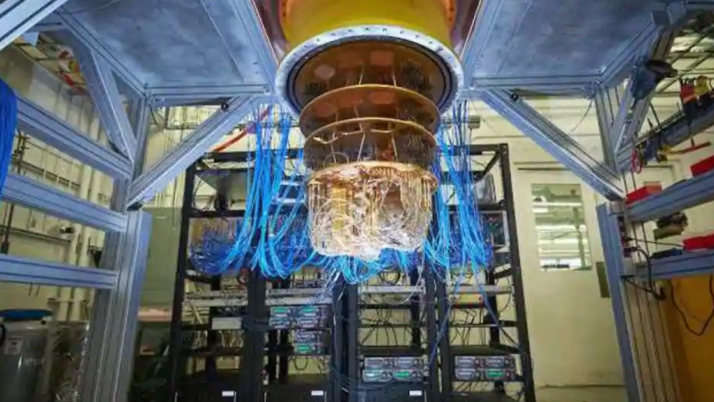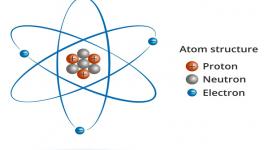Google Team Completes First Successful Chemical Simulation on Quantum Computer

Image Courtesy: HT Tech
A complete chemical simulation on a quantum computer has been reported for the first time by the team working on Google’s AI (Artificial Intelligence) quantum team. The team was successful in completing the chemical simulation on Sycamore, Google’s quantum computer. The report published in Science says that the chemical simulation of a diazene molecule reacting with hydrogen atoms resulted in an altered configuration.
The hard part in the exercise was to make sure that the results were accurate. Quantum computers are very prone to errors, so validation was the challenge. To do this, the team paired the quantum computing facility with that of a classical computer, that is the computers we use in our day to day activities. The classical computing part was used to analyse the results provided by the sycamore quantum computer. Then new parameters were added and the process was repeated until the quantum computer could find a minimum value. Apart from this, the team used other checking systems as well to analyse the results produced by the quantum computer and to fix the errors.
In order to understand what is simulation, we need to first understand how a diazene molecule undergoes a change in its conformation, technically termed as the isomerisation of the molecule. To determine various aspects, say changes in angle, planarity etc. of a diazene molecule while undergoing the conformational changes, simulation technique could be used. Suppose at an initial time, say t1, the molecule exists at a particular conformational state with specific angles between atoms. With time, the molecule reacts with other atoms such as the hydrogen atom and this eventually brings in changes in its previous state. Now, for the simulation, a computer is fed through coding with information about various parameters of the system of study and their interaction. Computer simulation is now used in almost all fields of scientific investigation, prediction of market status etc. But, for a very complex physical system, or a chemical system, carrying out such a simulation is very time consuming and also tedious. Quantum computers, however, may be able to perform the simulation in order to lessen the time of a complicated and long simulation done on the classical computing facility.
It should be noted that what Google has reported now, should be observed in continuation to its last year’s report.
Last year, around the same time, Google’s quantum computing facility was in the spotlight. A leaked paper had saidthat Google had achieved the so-called quantum supremacy. Google’s 53 qubit computer could solve a problem in just 200 seconds, which otherwise would have taken some 10,000 years on a classical computer. The news was hyped to a great extent. The sycamore signified a narrow definition of quantum supremacy where the quantum computer is programmed to solve a highly specific task and there it can beat all other classical computers.
The latest simulation done by Sycamore is also specifically targeted for solving a particular problem. in other words, it’s a successful trial to solve a standardised chemistry problem.
Get the latest reports & analysis with people's perspective on Protests, movements & deep analytical videos, discussions of the current affairs in your Telegram app. Subscribe to NewsClick's Telegram channel & get Real-Time updates on stories, as they get published on our website.


















